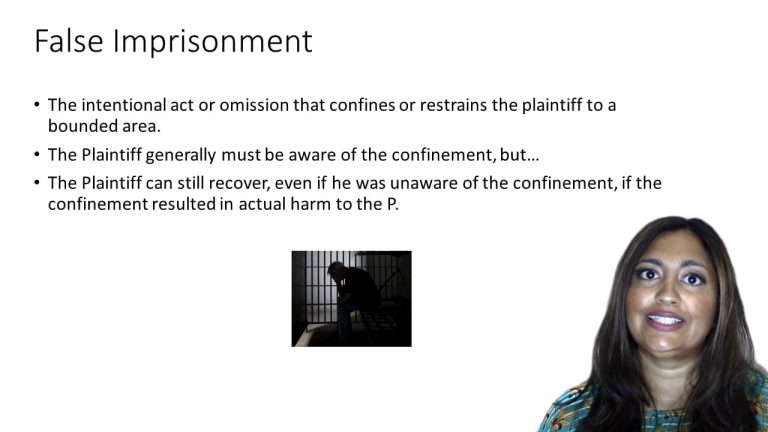SmartBrief
Confirm favorite deletion?
Torts Keyed to Henderson
Whittaker v. Sanford
Citation:
110 Me. 77, 85 A. 399 (1912)Facts
The plaintiff was a member of a religious sect that had colonies in Maine and Jaffa, Syria. The defendant was the leader of this religious sect. The plaintiff, while in Jaffa, announced her intention to leave the sect, and the defendant persuaded her to return to the United States on the sect’s palatial yacht, The Kingdom. The defendant promised the plaintiff that she and her children would be free to leave the ship at any time once they were in port. Once they docked in Maine, the defendant refused to allow the plaintiff to go ashore. The plaintiff eventually gained her release on a writ of habeas corpus. There was evidence that the plaintiff had been allowed to go ashore a number of times and that she had been treated as a guest on the yacht. No one ever physically restrained the plaintiff other than disallowing her from using the rowboats to get ashore.
Only StudyBuddy Pro offers the complete Case Brief Anatomy*
Access the most important case brief elements for optimal case understanding.
*Case Brief Anatomy includes: Brief Prologue, Complete Case Brief, Brief Epilogue
- The Brief Prologue provides necessary case brief introductory information and includes:
Topic:
Identifies the topic of law and where this case fits within your course outline.Parties:
Identifies the cast of characters involved in the case.Procedural Posture & History:
Shares the case history with how lower courts have ruled on the matter.Case Key Terms, Acts, Doctrines, etc.:
A case specific Legal Term Dictionary.Case Doctrines, Acts, Statutes, Amendments and Treatises:
Identifies and Defines Legal Authority used in this case.
- The Case Brief is the complete case summarized and authored in the traditional Law School I.R.A.C. format. The Pro case brief includes:
Brief Facts:
A Synopsis of the Facts of the case.Rule of Law:
Identifies the Legal Principle the Court used in deciding the case.Facts:
What are the factual circumstances that gave rise to the civil or criminal case? What is the relationship of the Parties that are involved in the case.Issue(s):
Lists the Questions of Law that are raised by the Facts of the case.Holding:
Shares the Court's answer to the legal questions raised in the issue.Concurring / Dissenting Opinions:
Includes valuable concurring or dissenting opinions and their key points.Reasoning and Analysis:
Identifies the chain of argument(s) which led the judges to rule as they did.
- The Brief Prologue closes the case brief with important forward-looking discussion and includes:
Policy:
Identifies the Policy if any that has been established by the case.Court Direction:
Shares where the Court went from here for this case.
Topic Resources
Topic Outline
Topic Refresher Course

 5m 53s
5m 53s